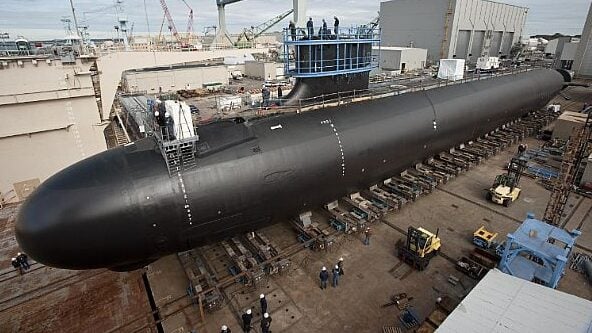The U.S. Navy’s “Navigation Plan for America’s Warfighting Navy” sets a goal of having 80% of its fleet combat-ready by 2027 to counter China’s military buildup. However, delays and budget overruns, especially with the Virginia-class submarine program, jeopardize this timeline. (The National Interest.)


